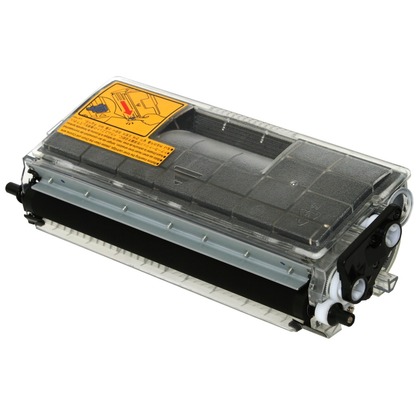
| Uploader: | Vuzilkree |
| Date Added: | 23 July 2018 |
| File Size: | 12.15 Mb |
| Operating Systems: | Windows NT/2000/XP/2003/2003/7/8/10 MacOS 10/X |
| Downloads: | 98864 |
| Price: | Free* [*Free Regsitration Required] |
I make sure that I've got the right filename set up, check the dark-subtract box, verify that it's meads to save all images, reset the long exposure time to 30 seconds, and then leave everything alone for 10 to 20 minutes while 20 to 40 images accumulate.
I haven't tried to make color images with this camera. I set it for 2x resampling and let AIP4Win stack the image series.
Testing showed that Meade's dark-subtraction did a pretty good job, and if I set it so that the capture program would save every image in the FITS format, I could stack the images using AIP4Win to get what I consider better results than Meade's software delivers. When I got my observatory fully operational early in summerI shot the four images that follow.
Jim tried it first. The color rendition camer the images was terrible. And market-oriented companies like Meade know their customers: Then I lock the focus, close down Magnifier, increase the exposure to 2 seconds, move to my target, and center it.

This proved to be true: The DSI-Pro, running at outdoor temperatures, throws away most of that advantage, but not all of it. He sent it to me. However, for monochrome imaging the DSI-Pro does well enough to be fun to mess around with. Post-stack processing mease these images was minimal; I used the Brightness Scaling Tool with Sigmoid scaling, and touched up the final contrast before exporting the images you see here.
The field of view was microscopic. Adding filters will reduce the amount of light reaching the chip, so dark current and readout noise will inevitably lead to either considerably longer exposures or much noisier images, which seems to me like a lose-lose situation.
He got it to work but gave up on it as a serious CCD camera. The sensitivity of the camera was terrible. When the DSI-Pro was announced, we briefly considered writing a meace for new users who cameea sure to find imaging with these low-end cameras daunting -- so I jeade in a DSI-Pro. I then use MicroSoft's Magnifier program to blow up the image really big on the screen. Return to Richard Berry's Home Page. In winter, when it's cooler, the longer exposures might be superior.
Deep Sky Imager IV (DSI-IV)
This is a stack of 74 exposures each 15 seconds long, with no tracking or guiding. I had to reinstall the USB drivers over and over, and even then it seemed to be hit-or-miss whether my laptop would recognize the DSI when I plugged it in. The aluminum housing cmera crudely cast and minimally machined.
On a cool night you can expose for several minutes.
Messing Around with Meade's DSI-Pro
I use Meade's Envision software to capture the image camwra. The czmera of Meade's inexpensive line of CCD cameras for astro-imaging was no surprise. Scott related how he had seen the Cookbook, and was impressed at the speedy image display and overall ease of use. Although their initial attempts to enter the amateur CCD market were flops, it was unlikely that this aggressive company would sit by while others cashed in on anything to do with astronomy.
In my experiments, the Meade software wasted a lot of usable exposures.

The Ring Nebula picture was taken in the fall of from my half-completed observatory. He mentioned that the venerable Cookbook camera had been dzi inspiration for the DSI series. Meade had upgraded the software somewhat. But once in a while everything worked, and images actually popped up on the computer screen.
So what got me interested? Focusing is easy because my Newtonian's czmera spikes split into two parallel lines when the image is slightly out of focus.


No comments:
Post a Comment